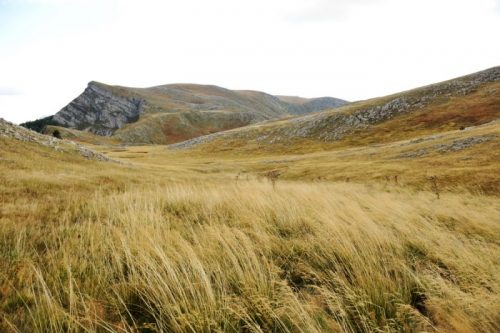Sustainable agricultural management
Carbon farming (also known as carbon sequestration) is a system of agricultural management that helps the land store more carbon and reduce the amount of greenhouse gases that it releases into the atmosphere. Sustainable forest management practices do similar good by minimizing greenhouse gases and accumulating carbon dioxide in wood. Tribal Nations can do this is a number of different ways. For example, Indian agriculture producers can manage their grazing lands to conserve and restore vegetation, including tree cover along waterways. This practice helps the land store carbon and remove greenhouse gases from the atmosphere, as well as provides benefits to nearby water sources. Landowners can also implement fertilizer reduction strategies, such as applying compost or biochar (charcoal used as a soil additive to improve crop yield), that reduce the amount of greenhouse gases tied up in vegetation.

Carbon farming is a system of agricultural management that helps the land accumulate and store more greenhouse gases instead of releasing those gases into the atmosphere.
Common methods
Forest Management
Healthy forests absorb and hold carbon dioxide emissions produced from other sources and are an important source of greenhouse gas (GHG) sequestration. Carbon offsets can be created through a variety of strategies including: avoided deforestation and permanent land conservation, reforestation and replanting activities, and improved forest management and stewardship in working forests where harvesting occurs. Improved forest management focuses on long-term, sustainable practices to ensure that forests continue to remove CO2 from the atmosphere since deforestation accounts for between 15 and 20 percent of the global increase in GHG levels. Activities include thinning out, selective harvest, regeneration and planting, and fertilization to enable productive and sustainable forest growth.
Grasslands Conservation
Similar to forestry, native grasses and other vegetation provide a natural source of greenhouse gas (GHG) absorption and sequestration. Carbon offsets from this category focus on maintaining native plant life through permanent land conservation and avoided conversion for commercial development or intensive agriculture.
Renewable Energy Production
Renewable energy facilities, such as wind or solar, generate carbon offsets by displacing fossil fuel-based electricity production sources within the power grid. The carbon offsets derived from a certified third-party project generates the carbon credit, which is owned by the entity that develops the project. For example, the Toksook Bay Alaskan Native Wind project, which replaces diesel-generate electricity with renewable energy, is owned and operated by the non-profit Alaska Village Electric Cooperative.
